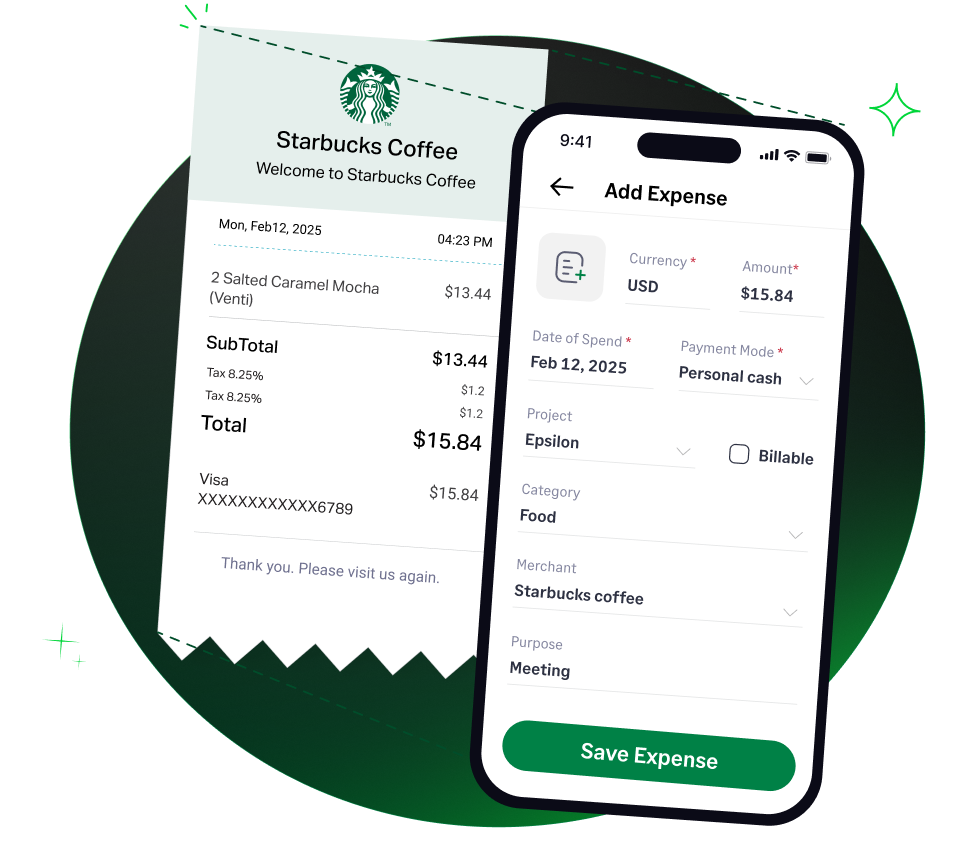✨ Exciting news: Fyle is now part of the Sage family! Learn more in our press announcement >
 4.6/51670+ reviews
4.6/51670+ reviewsFor any business involved in construction, protecting a building while it is being erected is a top priority. Builder's risk insurance is a specialized form of property insurance designed to cover a structure and materials during the course of construction, protecting against losses from events like fire, theft, or vandalism.
While the premiums for this insurance are a necessary cost of any building project, a common and critical tax error is to treat them as a regular, currently deductible insurance expense. The IRS, however, views these project-specific premiums as an integral part of the construction process, meaning their cost must be capitalized. This guide will clarify the correct tax treatment for builder's risk insurance to ensure your business remains compliant.
The premiums you pay for builder's risk insurance are a capital expenditure. They are not a currently deductible business expense.
According to the Uniform Capitalization (UNICAP) rules detailed in IRS Publication 535 businesses that produce property must capitalize all direct costs and a portion of their indirect costs.
Publication 535 specifically lists insurance on your plant or facility, machinery, equipment, materials, property produced, or property acquired for resale as an indirect cost that must be capitalized. Builder's risk insurance falls directly into this category.
The most critical factor is that these insurance premiums are tied to a specific production activity (the construction project) and must be added to the project's overall cost basis.
You cannot deduct the cost of builder's risk insurance premiums in the year you pay them on the insurance line of your tax return. These expenses are added to the overall basis of the property you are building. For example, if you spend $20,000 on builder's risk insurance for a new building project, that $20,000 becomes part of the building's total cost for depreciation purposes.
It is essential to distinguish between builder's risk insurance and your company's general liability insurance.
As a business that produces real property, you are generally subject to UNICAP. This means all indirect costs that directly benefit or are incurred because of your production activities, including insurance on the property being built, must be capitalized. Small business taxpayers with average annual gross receipts under a certain threshold are generally exempt from this rule.
The tax treatment for these costs requires capitalization, not a standard expense deduction.
You do not report builder's risk insurance premiums directly as an expense. Instead:
You must maintain meticulous records to substantiate all project-related insurance costs. This includes:
Fyle helps you capture and organize all the insurance costs associated with a construction project, providing a clean record for your accountant to handle capitalization correctly.




